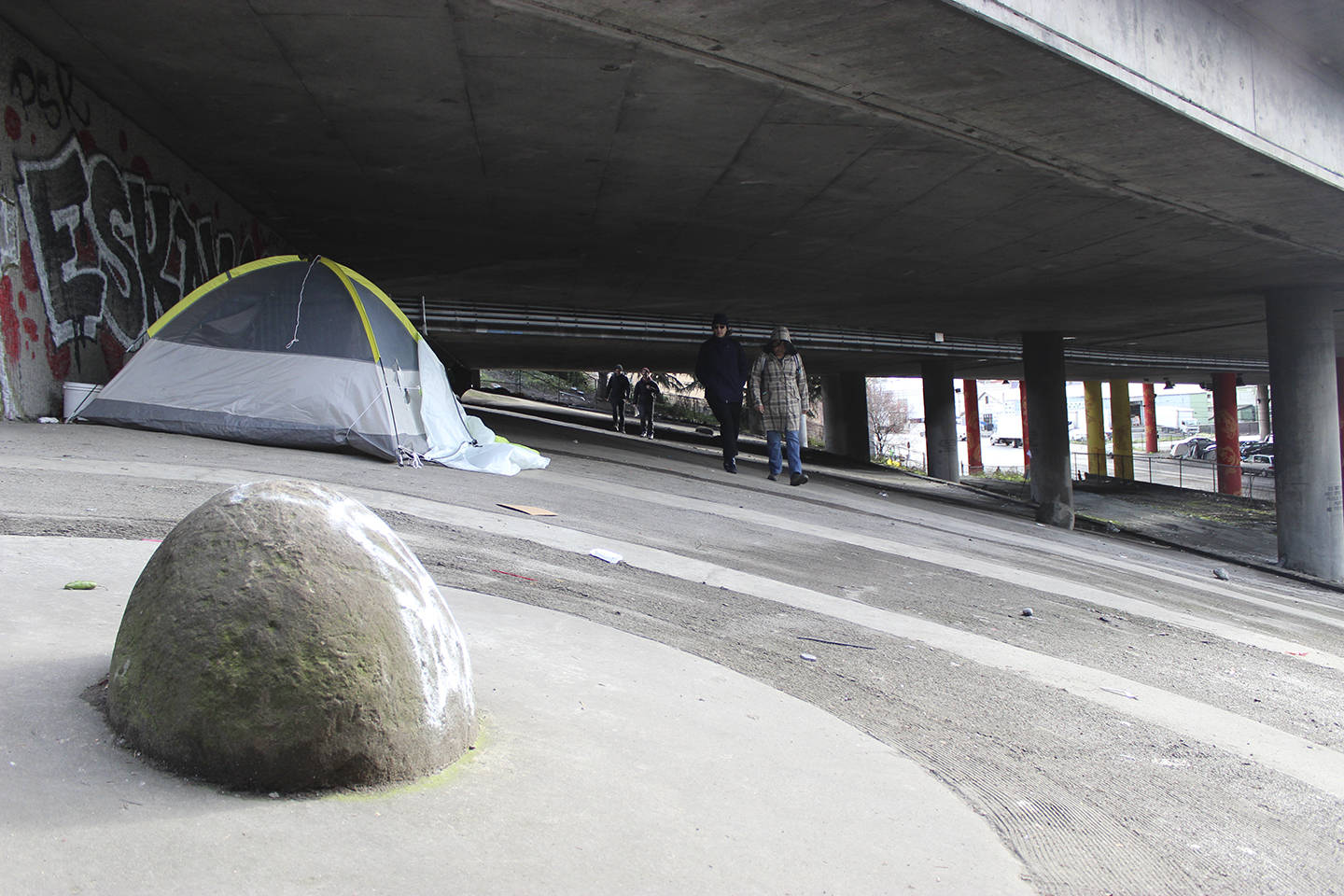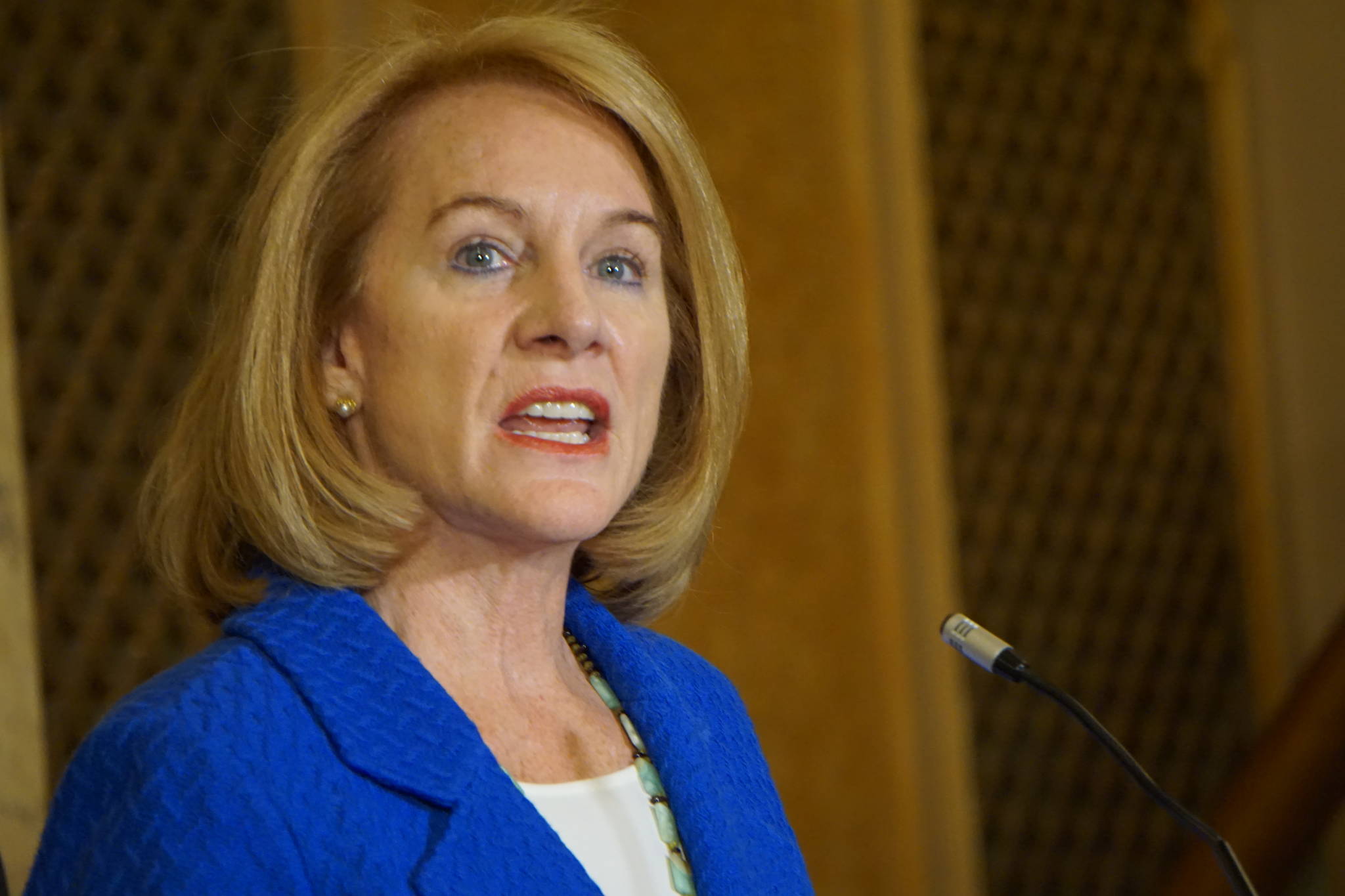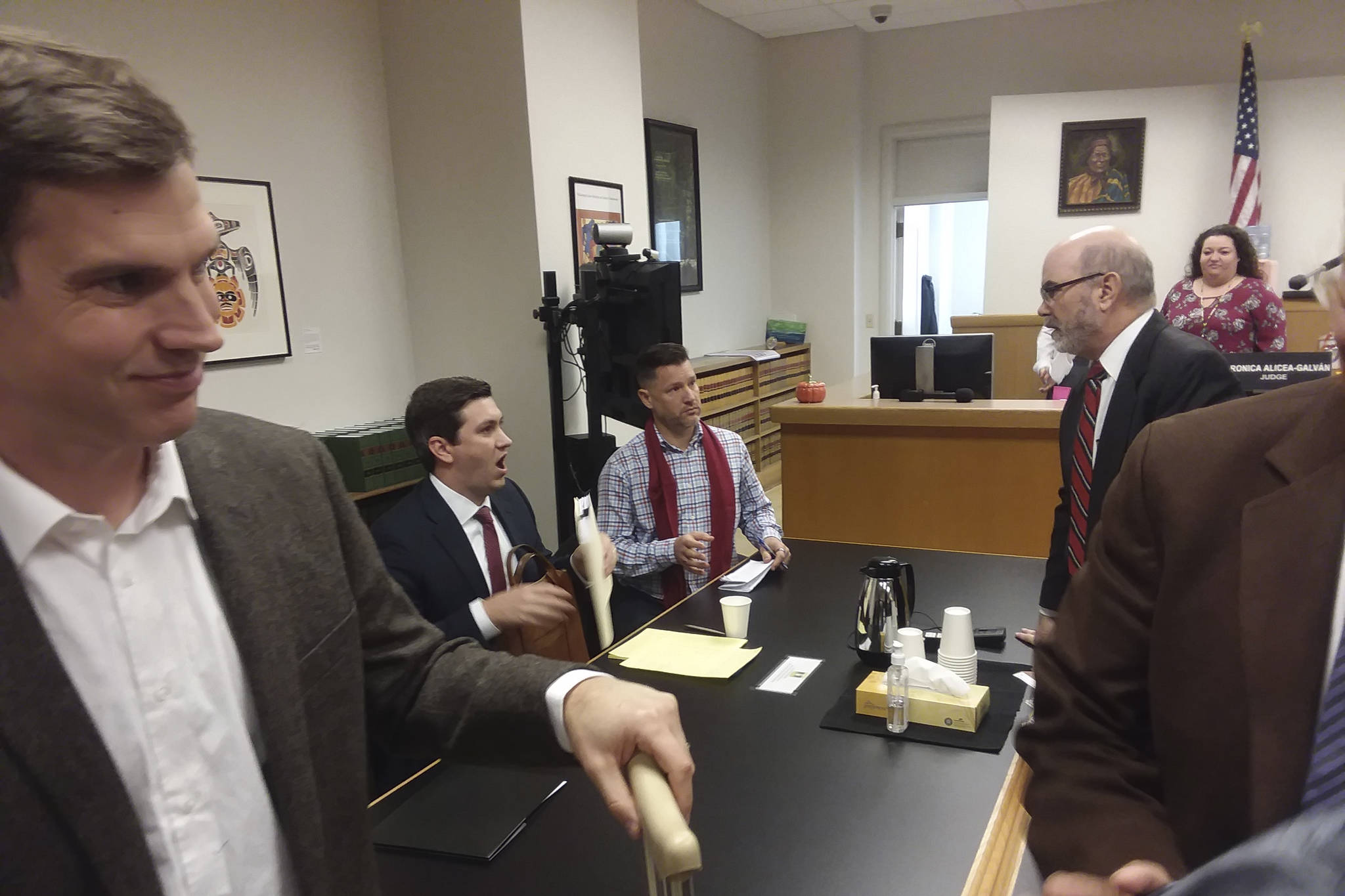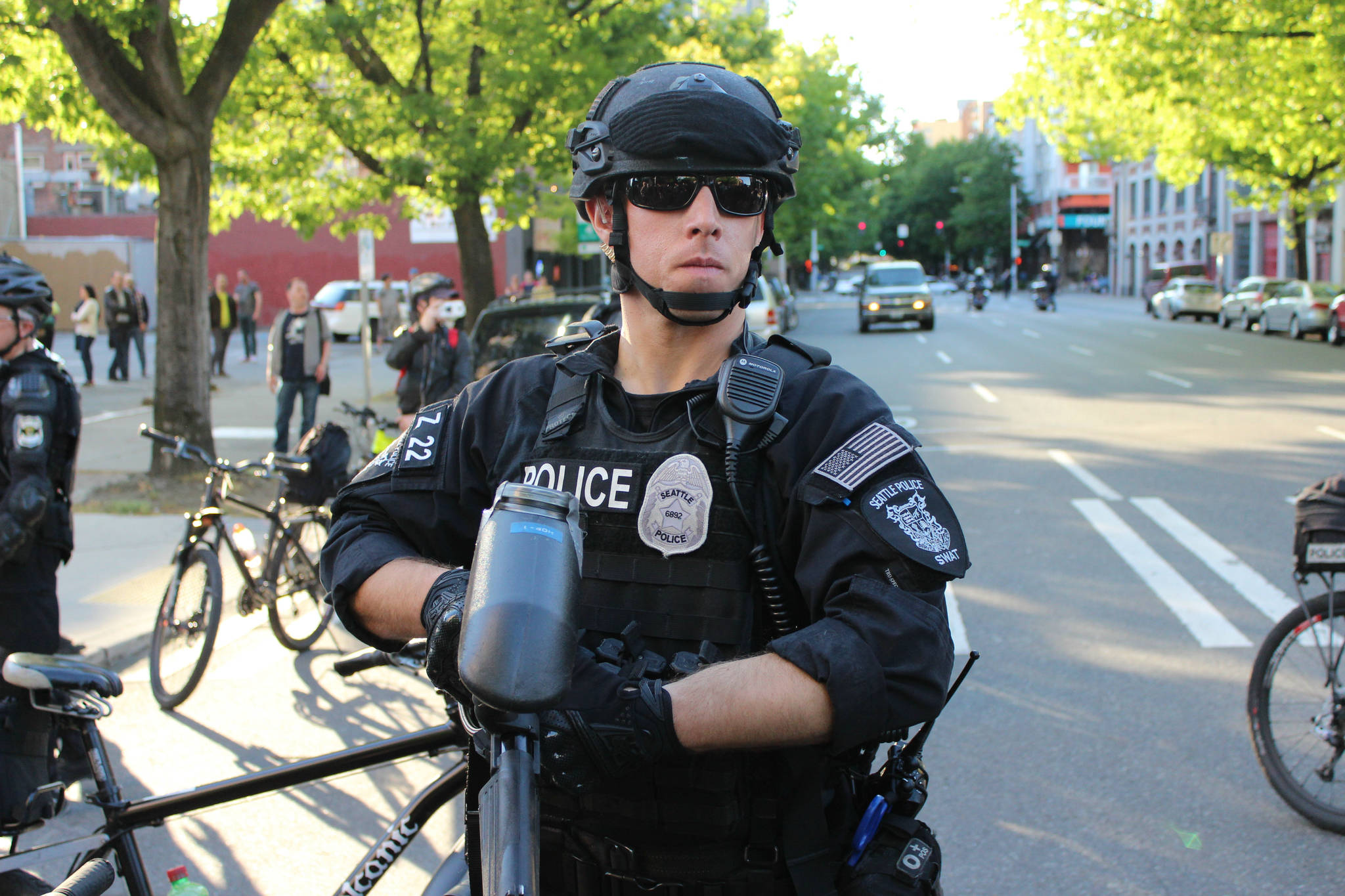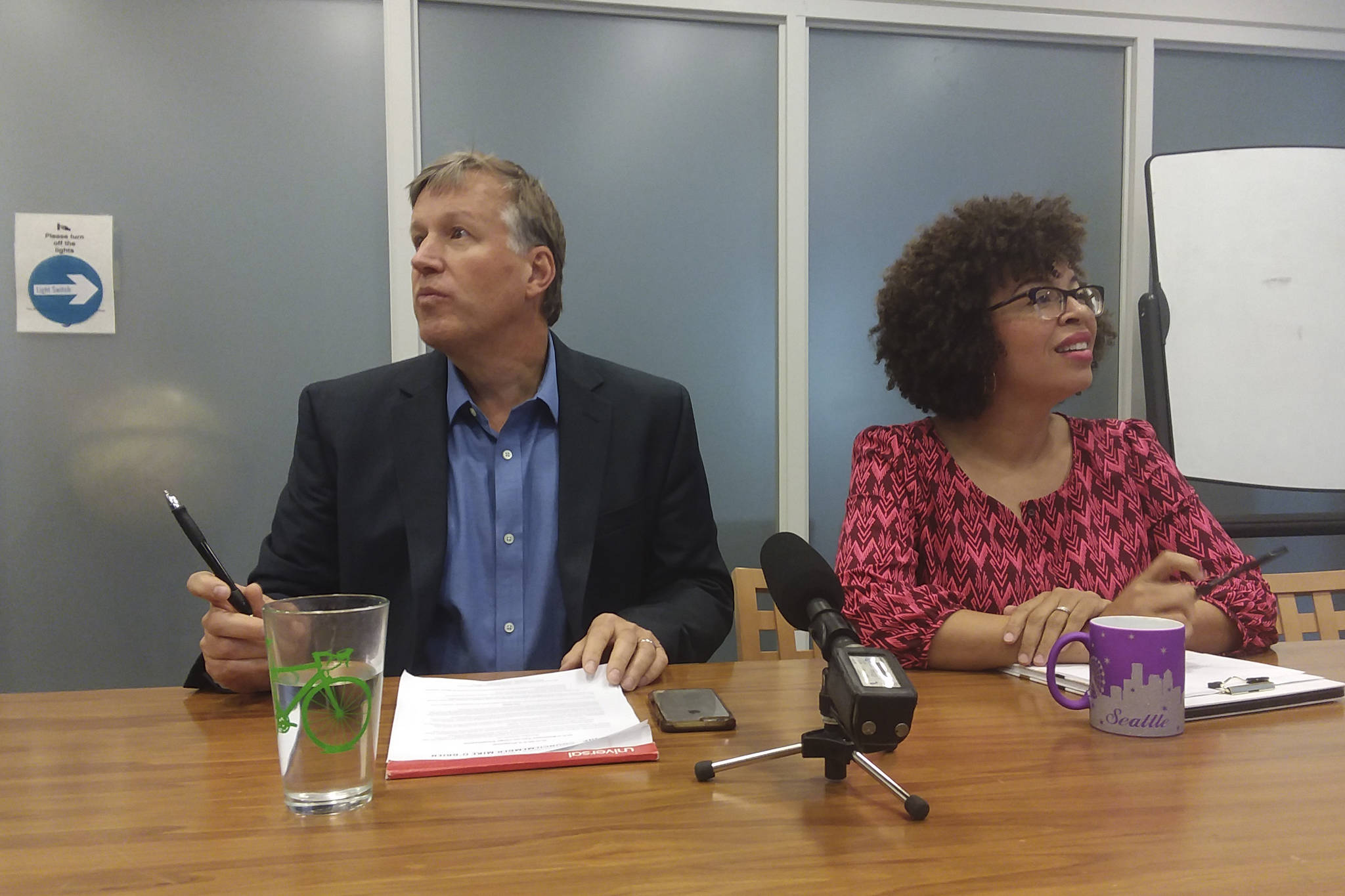Rents in Seattle just keep rising, year after year, as do the number of Seattleites who sleep on the street. While the mayor’s HALA plan aims to develop more affordable housing in the coming years, one of the city’s more immediate efforts is moving homeless people into stable housing. There are two primary strategies to do this: transitional housing, in which the city pays nonprofits to provide housing and counseling for people until they can go it alone, and rapid rehousing, in which the city gives people rent money and limited counseling to help them cover the cost of market-rate housing.
Arguing that rapid rehousing allows the city to help more people with less money, local leaders have signaled their intent to put more money toward that strategy, at the expense of transitional housing. But there remain serious doubts over whether the strategy will be effective in Seattle. The reason? The same red-hot housing market that is contributing to the homeless crisis to begin with.
“In low-cost cities” like Houston or New Orleans, says Low Income Housing Institute director Sharon Lee, “a homeless person can more easily handle paying that rent with two or three minimum-wage jobs than in Seattle,” where you need five or six. Lee, whose group operates transitional housing, says rapid-rehousing advocates are ignoring instances where the program failed due to rapidly increasing rents.
In Seattle and King County, the rapid-rehousing subsidy declines over time from 100 percent of rent to 40 percent, and typically lasts a few months, though it can continue for up to a year. Once their household gross income equals 60 percent of rent, participants stop receiving assistance. At that point they are subject to the same housing-market whims as everyone else.
About 1,000 households are currently enrolled in rapid rehousing in Seattle and King County. Last year, about 60 percent of the 1,600 households that left the program did so into permanent housing. All Home King County, which coordinates Seattle and King County’s tapestry of services, says the program has had proven successes. The agency tells of a woman who became homeless after losing her job to a health emergency: She used the money and services provided by Interim CDA, an affordable-housing developer, to get an apartment, then used that housing stability to get a full-time job.
Yet opponents say, on the whole, it doesn’t make sense in this market, pointing to New York City as a cautionary tale. Between 2005 and 2011, New York offered rapid rehousing, with bad results. As an analysis by the Institute for Children, Poverty and Homelessness argued: “By offering rental subsidies to sheltered families, government actually stimulated homelessness” by getting people to sign up for leases they couldn’t afford on their own. The rate at which families re-entered the shelter system after receiving housing placement, which was more or less steady before 2005, dramatically increased during and after the rapid-rehousing period. “In New York City, rapid rehousing became a short-term fix for a long-term problem,” concluded the report.
Unlike rapid rehousing, transitional housing occurs at specific sites where individuals or families can live for up to two years with rent subsidies and lots of caseworkers and services. Seattle has been building its transitional housing stock for decades, whereas rapid rehousing, which has gained popularity in recent years among federal department leaders, began in Seattle in 2009 via funding from President Obama’s stimulus package. In Seattle at present there are many more transitional housing sites in operation than rapid-rehousing arrangements.
City Council position 8 candidate Hisam Goueli put the issue this way at a recent candidate forum co-hosted by Seattle Weekly: “There’s been a lot of controversy around rapid rehousing. Some of the big problems is, it can set up a revolving-door situation” in which people gain housing for a short time only to lose it again once the subsidy evaporates. “The problem with Seattle,” he continued, “is that our rent continually goes up. So what you’re actually able to afford now may not be what you’re able to afford two years from now.”
These misgivings, though, aren’t shared by those calling the shots on Seattle housing policy.
According to last year’s reports from homeless advisor Barbara Poppe and Focus Strategies, transitional housing has a somewhat higher success rate than rapid rehousing, but it is much more expensive, largely because people tend to stay in it longer. In other words, on a case-by-case basis, rapid rehousing might not be as effective as transitional housing at getting people stably housed. But what it lacks in sticking power, it makes up for in volume.
More recent data from 2016, available on the All Home King County website, suggests that transitional housing and rapid rehousing have comparable success rates, whether measured by the rate at which participants enter permanent housing (about 60 percent) or the rate at which they return to homelessness within six months (about 5 percent). In fact, the only real difference between the two housing types is the average length of stay and the cost savings associated with that. This data supports the consultants’ claim that rapid rehousing is more effective than transitional housing.
Lee doesn’t buy it. “We have a high success rate” at LIHI’s transitional housing sites, she says, “of having people who live in transitional housing get into permanent housing, because we have a year to two years” to work with them on housing applications, finding a job, enrolling in school, and any number of other tactics that someone who seriously wants to escape homelessness might pursue. Also, because transitional housing sites are owned and operated by nonprofits, they’re more insulated from pressure to raise the rent than private rental housing.
By contrast, Lee says, “Rapid rehousing is market-rate housing for a very short term,” after which participants must sink or swim on their own. “They either return to homelessness, they get evicted, or they’re overpaying” for market-rate housing indefinitely, she says.
The unsatisfying truth is that we may just not know yet whether rapid rehousing is going to work, here or elsewhere.
“We actually don’t know what rapid rehousing will do in any market,” says Professor Rachel Fyall of the UW Evans School of Public Policy and Governance. “We just don’t have that data.” That’s not to say we don’t have any data on the efficacy of rapid rehousing; rather, Fyall points out that if the ultimate goal is to stably house homeless people in the long run, then we have to wait for the long run to happen. It’s plausible, she says, that Seattle’s never-ending rent increases could puncture rapid rehousing’s success, since the whole strategy depends on the availability of market-rate housing that low-income people can afford on their own. “But that is something to see,” she says. “We don’t have that evidence yet.” By contrast, says Fyall, the longer-term effects of transitional housing have been around long enough to enable us to make conclusions. “I am convinced by the research that transitional housing is not a smart intervention” for permanently reducing homelessness, says Fyall. “Full stop.”
She’s also convinced that the real solution to homelessness is more housing, not just greater efficiency, regardless of the mechanism by which subsidized housing is distributed. “The challenge we have is our housing market,” says Fyall. “We can do smarter programs for trying to alleviate homelessness, but what we really need is more affordable housing generally…And that can be through subsidies, or that can be through the market.”
Decision-makers would do well to bear in mind, she says, that “it’s unrealistic to think that we will solve homelessness,” she says, “without engaging with the larger market challenges, which are tied to this booming economic growth we’re experiencing in this city and region.”
cjaywork@seattleweekly.com
